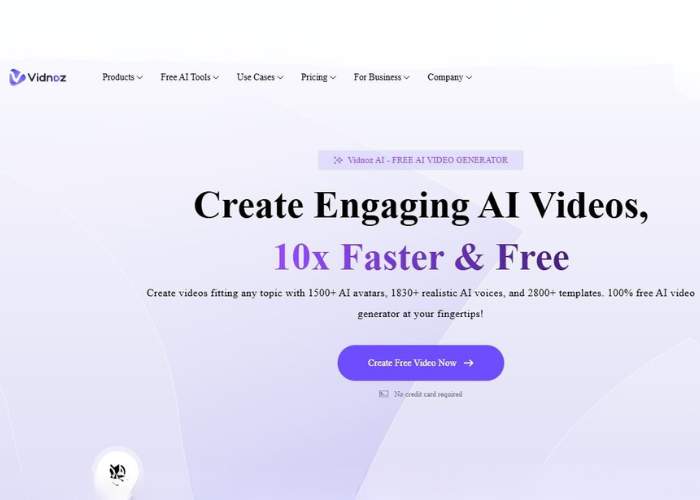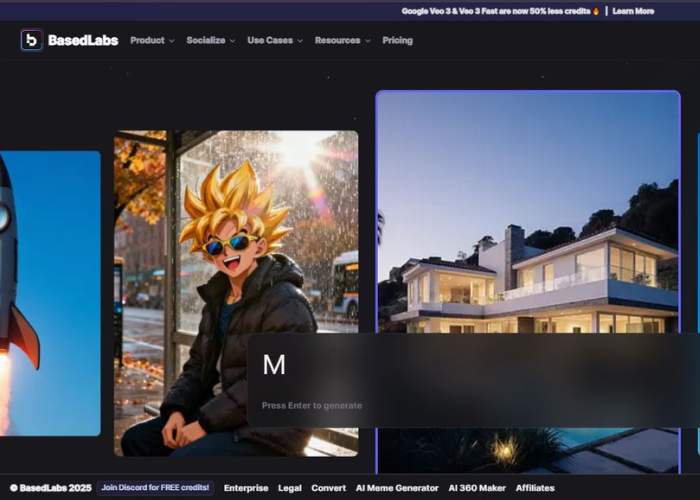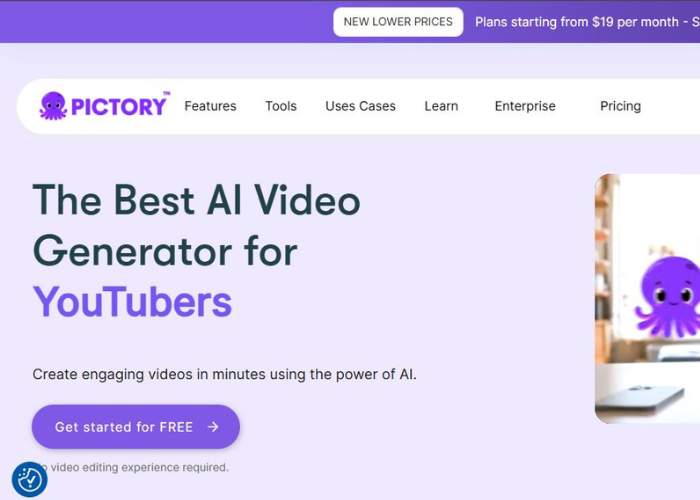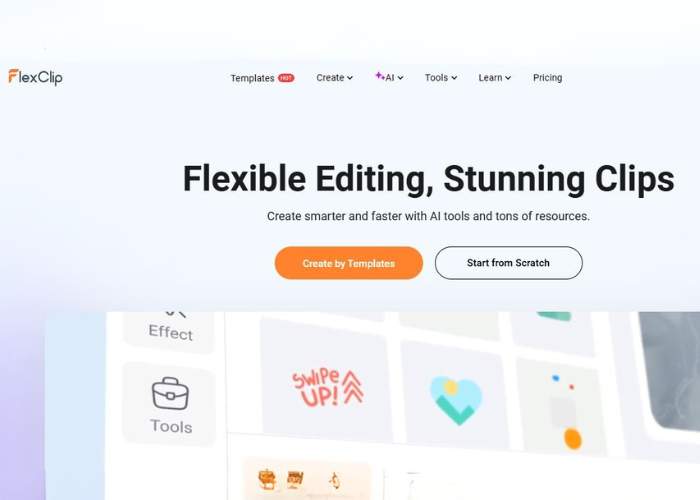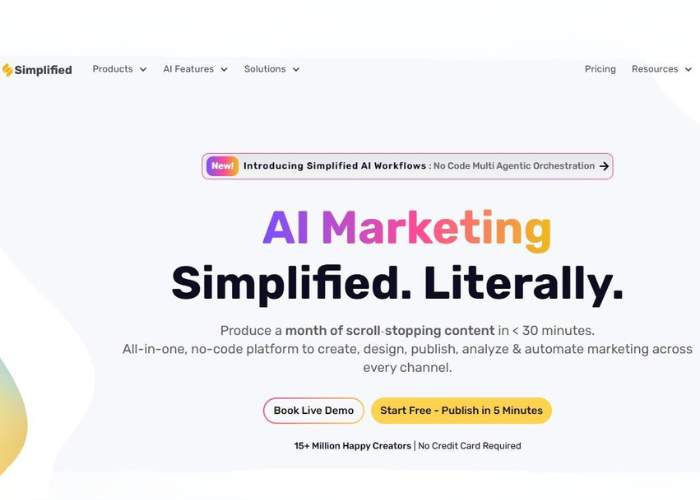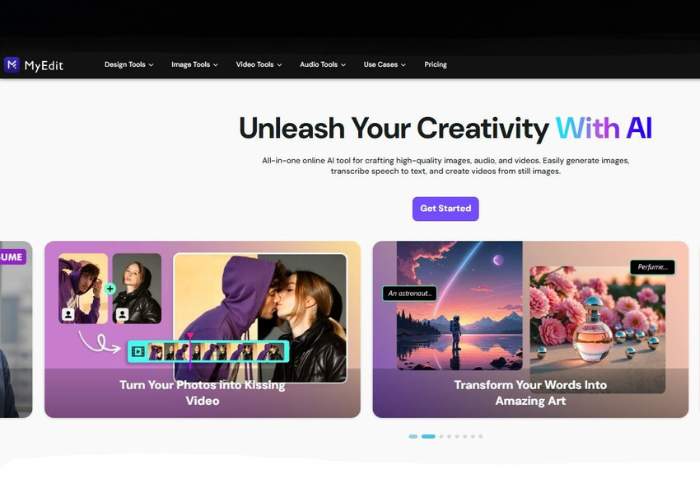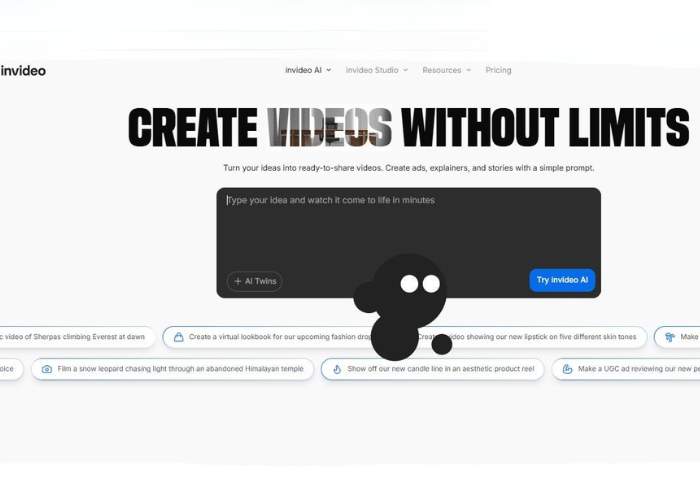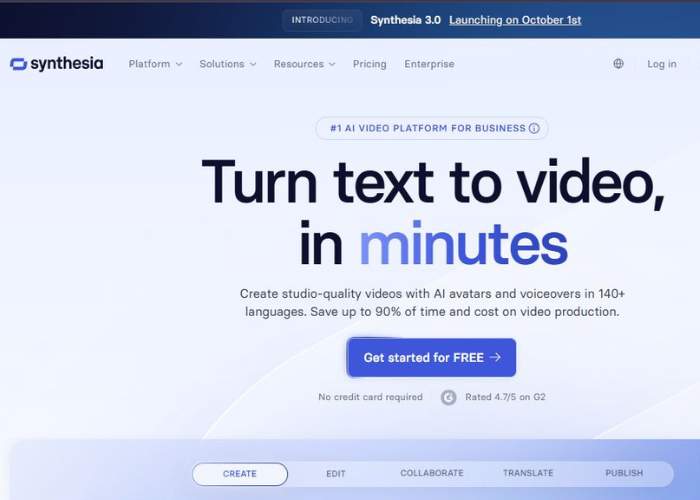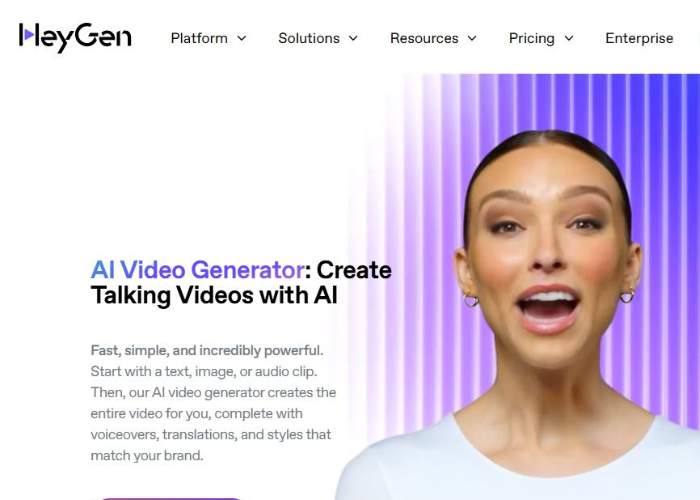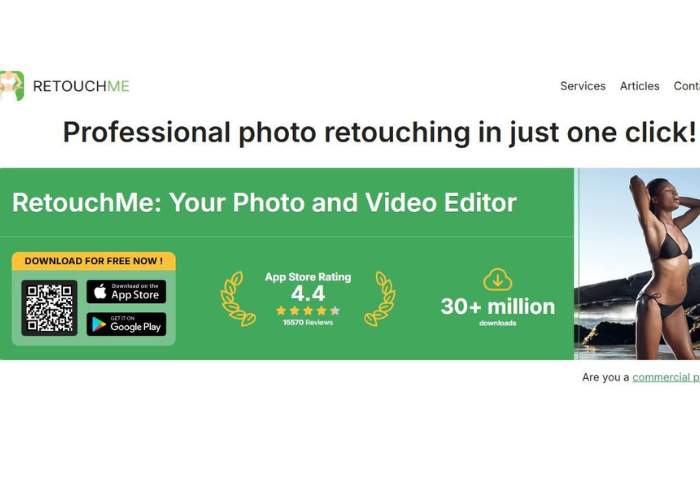Video speaks a thousand words; subtitles add a thousand viewers. If you’ve ever recorded a great piece to camera and thought, “wish I could ship this in Spanish, Hindi, and French by Friday,” you’re exactly who AI video translation was built for.
Today’s tools auto-transcribe, translate, clone your voice, and even sync lips to the new language, so your message travels without the awkward dub feel.
I’ve tested the field, chased specs, and wrangled a few demos; below is a practical guide to what matters, how to work, and which ai video tranlsator (intentional spelling, as you asked) fits different creators and teams.
What “lip-sync translation” really means (and why it’s not just dubbing)
Dubbing swaps voices; lip-sync translation makes the mouth movements match the new speech.
Under the hood, the tool transcribes your audio, machine-translates it, synthesizes a voice (sometimes your own via cloning), then animates or time-warps phonemes so lips align with syllables.
The best versions keep speaker identity and timing believable. This matters because social viewers decide “authentic or not?” within seconds; bad sync breaks the spell.
You’ll see two big modes in the wild:
- Preserve-voice dubbing: Keep your timbre but change the language (voice cloning + TTS). Some platforms explicitly advertise “keep the original voice” with lip-sync to match.Presenter/Avatar mode: Replace your face with an AI presenter that speaks the translation (useful if you’re camera-shy or prefer a brand avatar). Several tools offer both translation and avatar options or huge language/voice libraries.
A quick reality check: lip-sync quality varies across languages, accents, and video length. Some tools cap translation clips to short durations (e.g., 10–30 seconds per pass) or recommend shorter segments for best results.
⬇️ See the top AI Video Translators
How to choose the right ai video tranlsator (without losing your weekend)
Ask three questions:
- What’s my pipeline? If you already script everything, pick a tool that goes script → scenes → dub. If you shoot first and fix later, you want upload → transcribe → translate → lip-sync with a friendly editor layered on top. VEED, FlexClip, and Pictory lean text-to-video + subtitles; others pitch upload-and-translate flows with dubbing and lip-sync.How global am I going? Check language coverage and whether the platform claims lip-sync plus voice preservation. Some vendors boast 100+ languages; a few go north of that with voice cloning.Who has to touch this after me? Teams care about governance, auditability, and brand control (templates, brand kits, collaboration). “Business-grade” platforms highlight policy and workflow; others feel more playground-friendly.
Bonus thought: distribution platforms are getting in on dubbing. YouTube rolled out an auto-dubbing feature to many Partner Program channels—quality still evolving, but the tide is rising. If the platform you publish to natively helps, that shapes your tool choice.
A workflow you can steal (and bend as needed)
- Record once, think global. Capture clean audio (lav mic, quiet room). Clean input = better translation.Upload and segment. Shorter chunks align more accurately; tools that hard-cap length are nudging you for a reason.Pick translation + voice strategy. Clone your voice if authenticity is key; pick a neutral studio voice for tutorials.Lip-sync pass, then captions. Even perfect dubs benefit from translated subtitles—many viewers are on mute. Several editors automate subtitles and SRT export/import.QC with a native. If it matters, have a native speaker review idioms and technical terms.Version for platforms. Swap aspect ratios, trim to the hook, and add an on-screen CTA.Ship, measure, iterate. Watch where viewers drop; tighten that beat next round.
Guardrails: rights, likeness, and context
Use voice cloning and face-driven features responsibly—especially when translating other people’s footage.
Many vendors provide pages spelling out voices, languages, and usage; business-focused suites emphasize consent, security, and governance. Treat “bypass everything”-style marketing as hype; rely on your process: clean input, sensible edits, and human review.
Best AI Video Translator with Lip Sync
1. Vidnoz
Best for: lowest-friction dubbing at breadth (big language counts, friendly pricing).
Core features: Vidnoz offers AI video translation with voice-over dubbing, automatic subtitle transcription/translation, and voice cloning—with marketing that calls out 140+ languages and lip-sync. It’s clearly pushing “upload → translate → download” for creators who want speed over fiddly timelines.
Use cases: Social explainers, onboarding clips, and product updates where you want “same face, new language” without studio time.
Opinion: Vidnoz wins on breadth and ease. It’s my pick when you need quick, clean dubbing and a giant language menu—and you’re okay with “good enough” visuals while you prioritize reach. (Pro tip: pair with a caption pass to cover silent viewers.)
2. BasedLabs
Best for: a playful, all-in-one lab where translation sits beside image/video/audio tools.
Core features: BasedLabs ships an AI Translator that handles text, audio, and video, plus a browser editor that can auto-generate subtitles and translate audio. The value here is one tab for experiments: translate, add subs, resize, publish.
Use cases: Creators who ideate across media: you test a visual, translate a clip, spin b-roll, then caption—all in one workspace.
Opinion: Think “creative playground with a translator built in.” If you like to noodle with formats and you’re not yet locked into enterprise workflows, it’s a fun, capable choice.
3. Pictory
Best for: script-first teams that live on subtitles and narration.
Core features: Pictory’s Subtitle Translator flow is straightforward: upload SRT, pick target language, and auto-generate voiceover in that language; you can also generate subtitles from audio and manage voices/accents.
Use cases: Turning blogs/slides/tutorials into localized explainers; LinkedIn-style thought leadership with neat captions.
Opinion: Pictory shines when the words are the product. If your pipeline is script → scenes → captions, it’s a comfy, reliable seat—especially for subtitled explainers that don’t need photoreal lip-sync on a human face.
4. FlexClip
Best for: beginners who want “AI transcribe → translate → subtitle” and simple lip-sync options.
Core features: FlexClip’s AI Video Translator converts speech to text, translates it to target languages, and lays in captions. It also advertises a lip-syncing video maker and a guide to AI dubbing paths, highlighting how third-party lip-sync tech plugs in.
Use cases: Short how-tos, promo reels, and product intros where translated captions carry most of the load; casual lip-sync for social.
Opinion: It’s friendly and fast. If you’re new to translation and just need legible subs + light sync without a learning curve, FlexClip is a safe first stop.
5. Simplified
Best for: one-click subtitle translation tucked into a broader marketing suite.
Core features: Simplified offers an AI Video Translator and blog-documented subtitle translator flow (SRT in, translated SRT out), alongside a huge set of brand/marketing tools (script to video, background remover, voice cloning).
Use cases: Social teams already using Simplified for design/copy who want quick, in-suite localization of captions and basic dubs.
Opinion: Not the most specialized translator, but if your team already lives in Simplified, keeping translation “inside the house” is efficient.
6. MyEdit
Best for: polishing the audio/subtitle side of translations you made elsewhere.
Core features: MyEdit (CyberLink’s online toolkit) focuses on speech-to-text, audio cleanup, and light video utilities; CyberLink’s broader ecosystem showcases AI voice translation with lip-sync in PowerDirector and detailed guides on dubbing + subtitles. Use MyEdit to transcribe, clean noise, and prep assets; finish dubbing/lip-sync in a heavier editor if you need it.
Use cases: You want crisp transcripts/SRTs, cleaner VO, and better clarity before/after a dubbing pass.
Opinion: It’s the utility belt. On its own, not a full translator; paired with a dubbing tool, it lifts overall quality.
7. InVideo
Best for: fast AI dubbing in 50+ languages with simple web workflow.
Core features: InVideo advertises AI video translation into 50+ languages and a free AI dubbing page that swaps your original audio for a translated voiceover. It’s built for speed: upload, select language, replace track.
Use cases: Ads, explainers, and faceless shorts where voice replacement + captions do the heavy lifting.
Opinion: A pragmatic web workhorse. If you want predictable results and straightforward pricing, it’s easy to recommend.
8. Synthesia
Best for: enterprise-grade dubbing with lip-sync and voice preservation.
Core features: Synthesia’s AI Dubbing lets you upload a video, translate to 29–32+ languages, keep the original voices, and adjust lip sync—with platform-wide strengths in avatars, multi-language, and team workflows. There’s also a stand-alone video translator flow with explicit lip-sync claims.
Use cases: Training libraries, product onboarding, and external comms where consistency and governance matter.
Opinion: Pricey, polished, and built for scale. If you need auditability and realistic sync across many locales, Synthesia earns its keep.
9. HeyGen
Best for: multilingual lip-sync at scale (and impressive realism).
Core features: HeyGen’s translator markets voice cloning, lip-syncing, and very broad language support (pages cite 170+ or 175+). Product and help pages emphasize synced mouth movement and localization workflows; their blog doubles down on voice cloning + lip-sync best practices.
Use cases: Talking-head content where authenticity matters (founder updates, course clips, product walkthroughs) and you want the same human on screen across languages.
Opinion: Among the most convincing for lip-sync today, with strong momentum and real-world visibility. If your north star is “looks like I actually spoke that,” HeyGen is a top candidate.
10. RetouchMe
Best for: human-in-the-loop finishing (re-timing, cleanup, cosmetics) after you dub elsewhere.
Core features: RetouchMe is a pro editing service: you submit footage and humans (using pro editors like Premiere/Resolve) do the work. While it’s not an automatic translator, it’s a practical last mile when you need manual timing tweaks after an AI dub or want cosmetic fixes for on-camera pieces.
Use cases: Client-facing explainers where small lip-timing or color issues remain after auto translation; reels that need polish without you learning a timeline.
Opinion: Slightly off-category, but useful. AI gets you 90%—humans land the plane.
Conclusion: my top 3 (and who they’re for)
- HeyGen — Best lip-sync realism for talking heads. When you want the same face and (cloned) voice across languages with convincing mouth movements, HeyGen is the one I’d try first.Synthesia — Best enterprise translator. Strong lip-sync, options to keep original voices, and mature team workflows make it ideal for training, onboarding, and brand-sensitive content.Vidnoz — Best breadth & speed on a budget. Big language counts, simple UI, and voice cloning get small teams publishing translated versions without drama.
If you’re brand-new and subtitle-first, Pictory and FlexClip are gentle. If you live in a marketing suite, Simplified is handy. Prefer a one-tab creative lab? BasedLabs scratches that itch.
Need a quality bump after auto dubbing? RetouchMe closes gaps. And if you want quick dub swaps with clean web UX, InVideo is a trusty middle lane.
Make once, speak many. The tech’s here; your voice—multiplied—is the point.

